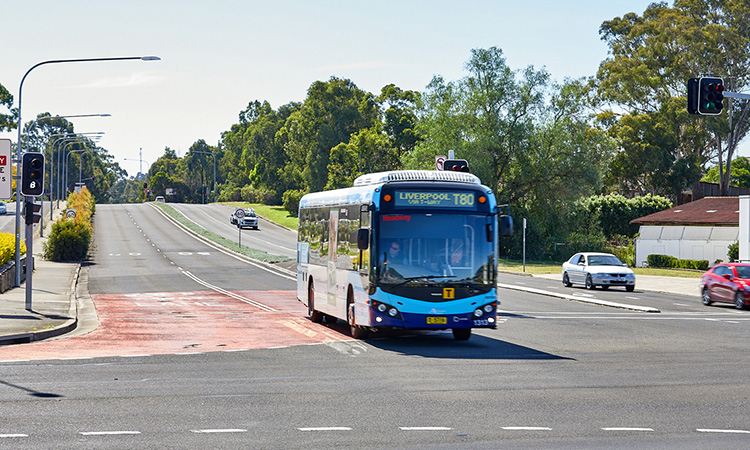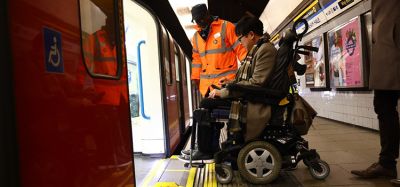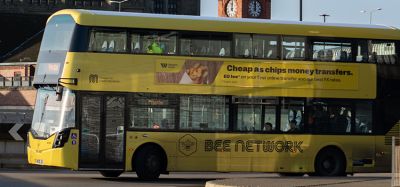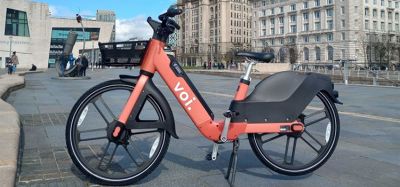New technology trials to enhance bus accessibility across New South Wales
- Like
- Digg
- Del
- Tumblr
- VKontakte
- Buffer
- Love This
- Odnoklassniki
- Meneame
- Blogger
- Amazon
- Yahoo Mail
- Gmail
- AOL
- Newsvine
- HackerNews
- Evernote
- MySpace
- Mail.ru
- Viadeo
- Line
- Comments
- Yummly
- SMS
- Viber
- Telegram
- Subscribe
- Skype
- Facebook Messenger
- Kakao
- LiveJournal
- Yammer
- Edgar
- Fintel
- Mix
- Instapaper
- Copy Link
Posted: 26 April 2024 | Intelligent Transport | No comments yet
New technologies trialled in NSW aim to enhance bus accessibility for vision-impaired and mobility-challenged passengers, empowering them to use public transport more independently.


Credit: Transport for New South Wales
In a bid to improve accessibility and support for individuals with visual impairment or mobility challenges, new technologies are being trialled in selected regions across New South Wales (NSW), Australia. The initiative, spearheaded by Transport for NSW through its Open Data programme, aims to explore innovative ways to make public transport more inclusive and user-friendly.
Simone Roberts, Executive Director of Advanced Analytics and Insights at Transport for NSW, highlighted the importance of this initiative, stating, “Catching public transport can be daunting for members of the community who live with vision impairment or reduced mobility, and we want to make their journeys as comfortable and smooth as possible.”
The Bus Boarding Assist Innovation Challenge, part of this effort, seeks to leverage data and technology to address common challenges faced by passengers with disabilities. These challenges include signalling the bus driver, requesting assistance like a boarding ramp, and knowing when to alert the driver about upcoming stops.
Two companies, SAGE Automation and Hailo, have been selected to participate in this innovation challenge. They are developing smartphone applications designed to empower customers with vision impairment or reduced mobility to access bus services more independently.
Venturing into generative AI to enhance the passenger experience
SAGE Automation, in collaboration with Busways, is trialling its ‘See Me’ app in Port Macquarie. Meanwhile, Hailo is working with operators in Tweed Heads, Queanbeyan, and Sydney’s Northern Beaches. The trials are scheduled to conclude in June 2024.
Explaining the functionality of these apps, Roberts noted that they connect to the bus’s on-board system, digitally notifying the driver in advance of specific passenger needs. For instance, this could involve preparing a boarding ramp for individuals with limited mobility.
“The findings from the trials will help us to understand the effectiveness of using this type of technology in improving the experience for both the passenger and driver, as well as inform future needs for bus technology and systems to support accessibility of our public transport services,” Roberts said.
Related topics
Mobility Services, Passenger Accessibility, Passenger Experience, Public Transport
Related modes
Bus & Coach
Related cities
New South Wales
Related countries
Australia
Related organisations
Transport for New South Wales (TfNSW)
Related people
Simone Roberts








